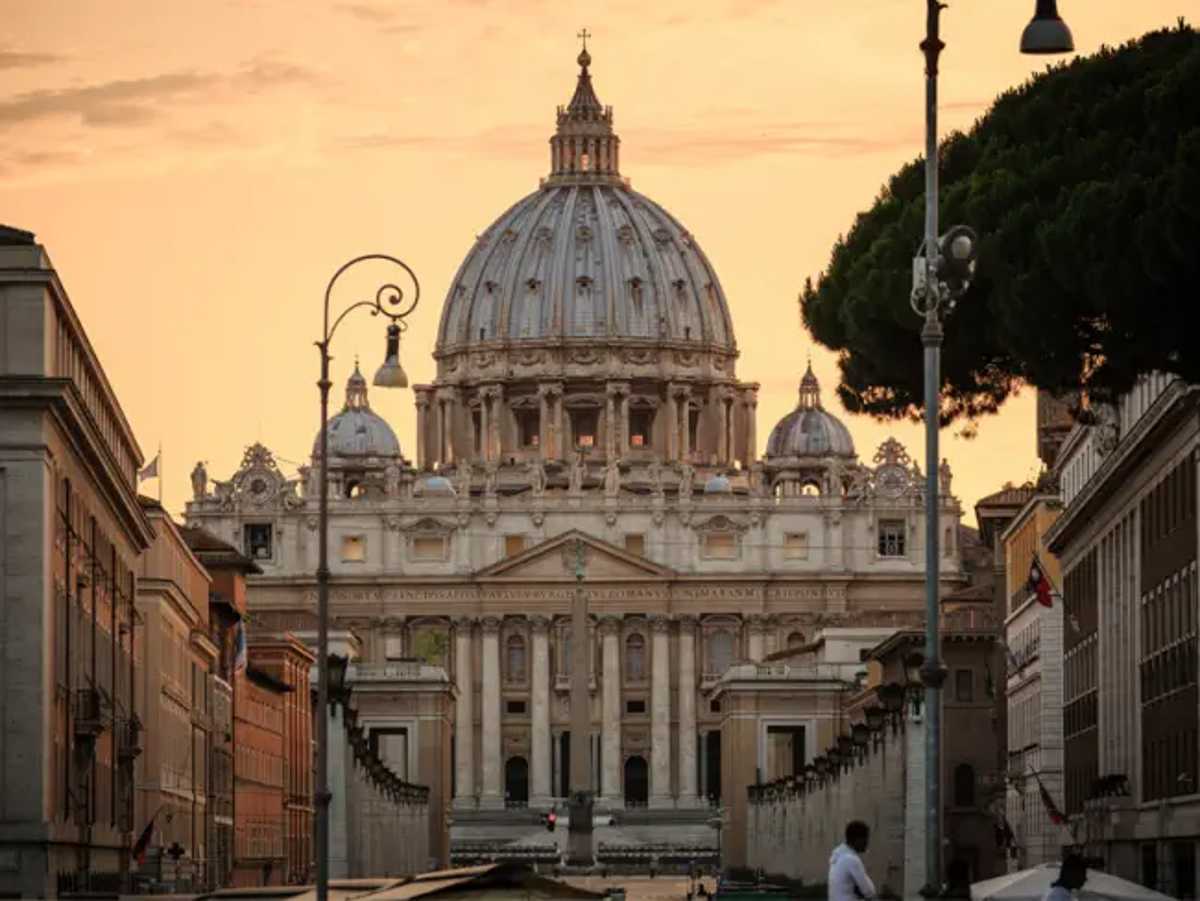
In the Catholic Church, the rosary is one of the most cherished prayers. For Catholics, it is a powerful prayer of intercession to the Blessed Mother. Praying the rosary is promoted as a means of strengthening one’s faith, resisting evil, growing spiritually, and generally benefiting society.
The word rosary comes from Latin and means a garland of roses, the rose being one of the flowers used to symbolize the Virgin Mary. If you were to ask what object is most emblematic of Catholics, people would probably say, “The rosary.” Catholics ask the Blessed Mother to bring their prayers to Her Divine Son and plead for His aid. Catholics bring Rosary intentions to Mary with the hope that their request will be answered.
The rosary is a devotion in honor of the Virgin Mary. It consists of a set number of specific prayers. First are the introductory prayers: one Apostles’ Creed (Credo), one Our Father (the Pater Noster or the Lord’s Prayer), three Hail Mary’s (Ave’s) and one Glory Be (Glori Patri).
The first prayer in the Rosary is the Apostles’ Creed. It is called the Apostles’ Creed not because it was composed by the apostles themselves, but because it expresses their teachings. The original form of the creed came into use around A.D. 125, and the present form dates from the 400s. It reads:
“I believe in God, the Father Almighty, Creator of heaven and earth, and in Jesus Christ, His only Son, our Lord, who was conceived by the Holy Spirit, born of the Virgin Mary, suffered under Pontius Pilate, was crucified, died and was buried. He descended into hell. The third day He arose again from the dead. He ascended into heaven and is seated at the right hand of the Father. From thence He shall come to judge the living and the dead. I believe in the Holy Spirit, the holy Catholic Church, the communion of saints, the forgiveness of sins, the resurrection of the body, and the life everlasting. Amen.”
Protestants, when they say the prayer, refer to the (lower-cased) “holy catholic church,” using “catholic” to refer to the universal church, not implying any connection with the (upper-case) Catholic Church, which is based in Rome. This is despite the fact that the term “catholic” was already used to refer to a particular, visible Church by the second century and has already lost its broader meaning of “universal. Despite these differences, Protestants embrace the Apostles’ Creed without reluctance, seeing it as embodying basic Christian truths as they understand them.
The next prayer in the rosary is Our Father or the Pater Noster (from its opening words in Latin). This is also known as the Lord’s Prayer. This prayer is even more acceptable to Protestants because Jesus Himself taught it to His disciples. It is given in the Bible in two slightly difference versions, the first referenced in Matthew 6:9-13 and the second referenced in Luke 11:2-4. The one given in Matthew is the one commonly said.
The following prayer in the Rosary is the Hail Mary which is really at the center of the devotion. It is a prayer to Mary. While many Protestants assume it’s unbiblical, it does have roots in Scripture. The prayer begins, “Hail Mary, full of grace, the Lord is with thee.” This is the same greeting the angel Gabriel gave Mary in Luke 1:28. The next part reads:
“Blessed art thou among women, and blessed is the fruit of the womb, Jesus.” This was what Mary’s cousin Elizabeth said to her in Luke 1:42. The only thing that has been added to these two verses is the names “Jesus” and “Mary.” The second part of the Hail Mary is not taken straight from Scripture, but it is biblical in the thoughts it expresses. It reads: “Holy Mary, Mother of God, pray for us sinners, now and at the hour of death. Amen.”
The forth prayer in the rosary is the Glory Be, sometimes called the Gloria or Gloria Patri. This reads:
“Glory be to the Father, and to the Son, and the Holy Spirit. As is it was in the beginning, is now, and ever shall be, world without end. Amen.” The Gloria is a brief of praise in which all Christians can join.
Finally, the rosary ends with the closing prayer. This is called the Hail Queen (Salve Regina), sometimes called the Hail Holy Queen. It is the most commonly recited prayer in the praise of Mary, after the Hail Mary itself. It generally reads:
“Hall holy Queen, Mother of mercy, our life, our sweetness, and our hope! To thee do we cry, poor banished children of Eve. To thee do we send up our sighs, mourning and weeping in this vale of tears. Turn, then, most gracious advocate, thine eyes of mercy towards us, and after this our exile show unto us the blessed fruit of thy womb, Jesus. O clement, O loving, O sweet Virgin Mary.”
One of the keys to praying the rosary is to understand that it is a form of mediation. When Catholics recite the twelve prayers that form a decade of the rosary, they are meditating on the mystery associated with that decade. If they merely recite the prayers, whether vocally or silently, they’re missing the essence of the rosary.
The Rosary is still the easiest ways to acquire the ancient skills of meditative prayer, and it is believed by Catholics to be the most effective way to grain the graces that this way of prayer can obtain. While almost every Catholic owns a rosary, not all Catholics know how to pray this prayer of intercession. If you are Catholic and confused about how to best use the rosary, there are many online resources, including apps you can download for little to no cost. Try a few different versions that work best for you.

